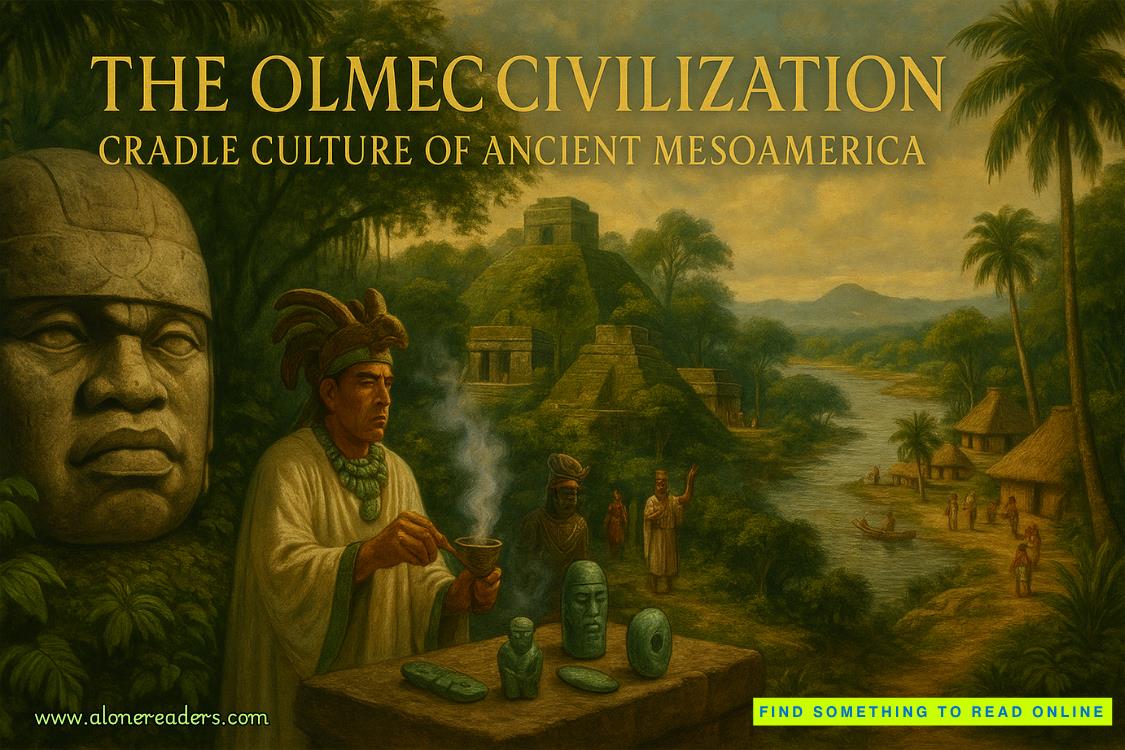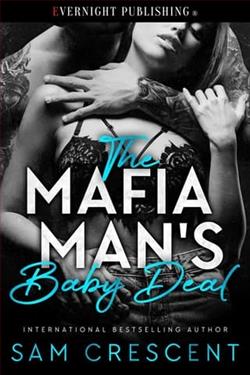Page 109 of The Wedding Dress Repair Shop
The dress I had in front of me was short and simple, made in a slightly stiff plain white taffeta, with quite a high neckline and some shaping to the waist and bust. The sleeves finishedabove the elbow, but were overlaid with a layer of white voile that flared out and extended them to the wrist.
Instead of a veil, the bride had worn a floppy white hat adorned with fabric daisies, and long white boots, made of some shiny PVC-style material, that had stiffened and cracked a little.
I thought boot trees would be a good idea to help preserve them, but, for now, I stuffed the insides with tissue paper to give them shape, then put them in a box of their own.
It was the bride herself who’d sent Honey the dress and she’d included a recent photograph of the couple, so it had all worked out well in the end.
*
After a few days without any further direct communications from Marco, he sent me an email late that evening, claiming he was now seriously worried about me, since no one appeared to know what had happened to me – or if they did, they weren’t telling him. Then he went on to say that he only wanted reassurance that I was OK and that he was sure if we could meet and talk to each other, all our differences could be resolved. He was missing me more every day and had come to realize how big a part I’d played in his life.
If I gave him a second chance, he continued, he was certain we could make it work this time.
He’d changed his tone in this email to something slightly more conciliatory, but still, I read it with incredulity: did he really think it was likely I’d ever want to see him again, let alone resume our relationship? And what was I supposed to do in London, when no costumier would be likely to employ me?
I decided Miss McNabb and the others were right and it was time to confront him with brutal frankness, because evidently nothing else was going to work.
I began my email without preamble.
Marco, I would have thought it was perfectly clear from my lack of response to your previous attempts to reach me that I do not want any further contact with you. However, evidently not.
I have moved out of London to a new job and have no intention of ever returning.
I am sorry I destroyed the Titania costume, but only on a professional level. After what happened there can be no question of our ever getting back together. I am starting to feel that you are stalking me and if you continue to pester me, I will report it to the police.
Garland
‘That should fix him!’ I muttered, sending it off, and Golightly woke with a start, before saying something emphatic in Cat, which might possibly have been agreement.
*
The next dress I began, on Tuesday morning, was in the worst condition of any so far, so I’d had to email George, asking for advice.
Meanwhile, so much else was going on that by late Wednesday afternoon, I was in that state beyond mere tiredness, where you feel permanently spaced-out but still wired.
After I’d fed Golightly his dinner – at his very vocal insistence – and talked to him for a while, I found myself wandering back into the workroom, where I’d slipped Dress 6 on to the new large dressmaker’s dummy that had arrived the previous day, along with the rest of the mannequins, although they were still aimlessly standing about in the Rosa-May Room.
As well as being in poor condition, this costume had been challenging in more ways than one. The bride was a widow who had had her first wedding gown remodelled in 1910 for her second venture into matrimony.
During its chequered existence since then, not only had it been afflicted by moths, but the descendant of the original owner, who had donated it to the museum, had confessed that she’d tried to eradicate the reek of mothballs (presumably put in a bit too late) by washing it.
This hadn’t entirely succeeded, for a faint, distinctive reek persisted, but on the other hand, the dress had survived the process remarkably well.
Luckily, the donor had provided photographs of both weddings, as well as a copy of a memo from the daughter of the first marriage, so it was possible to trace its evolution into the dress before me now, though many clues had also lain under the inner lining.
The original dress was of light green cotton taffeta, with glazed cotton trimmings, made in the style popular in the early 1860s, and intended to be worn for best after the wedding. It had featured elbow-length sleeves, lots of fussy ruffles and a fitted, rigidly boned bodice, the edges of which overlay the separate, bell-shaped crinoline skirt.
I expect there had been some signs of wear and tear from its subsequent use, but if so, they had been hidden by the radicalmakeover for the owner’s second wedding in 1910, though the elderly bride had not chosen a particularly up-to-date style for the remodelling.
The cotton taffeta had been dyed a much darker green and the crinoline removed, so that the skirt now went straight down at the front, with a short train behind. Most of the ruffles and boning had been removed from the separate bodice and it had then been attached to the skirt. The sleeves were shortened and the whole effect of the dress very much simpler.
Given its history, it was amazing it had survived at all, even if it was a bit moth-eaten, as well as limp from washing. I was hoping some gentle and careful steam pressing might revive it slightly.
I hadn’t, of course, attempted to restore it in any way, but merely mended the worst of the pulled seams and detached trimmings.
There wasn’t much left to do to it now, other than update the details on the computer, but I was still standing gazing in a rather glazed way at it, when the ringing of my phone jangled me back to consciousness.
‘Garland?’ said Pearl’s voice. ‘It’s well after six and I can see you’re still in the workroom from my window.’















